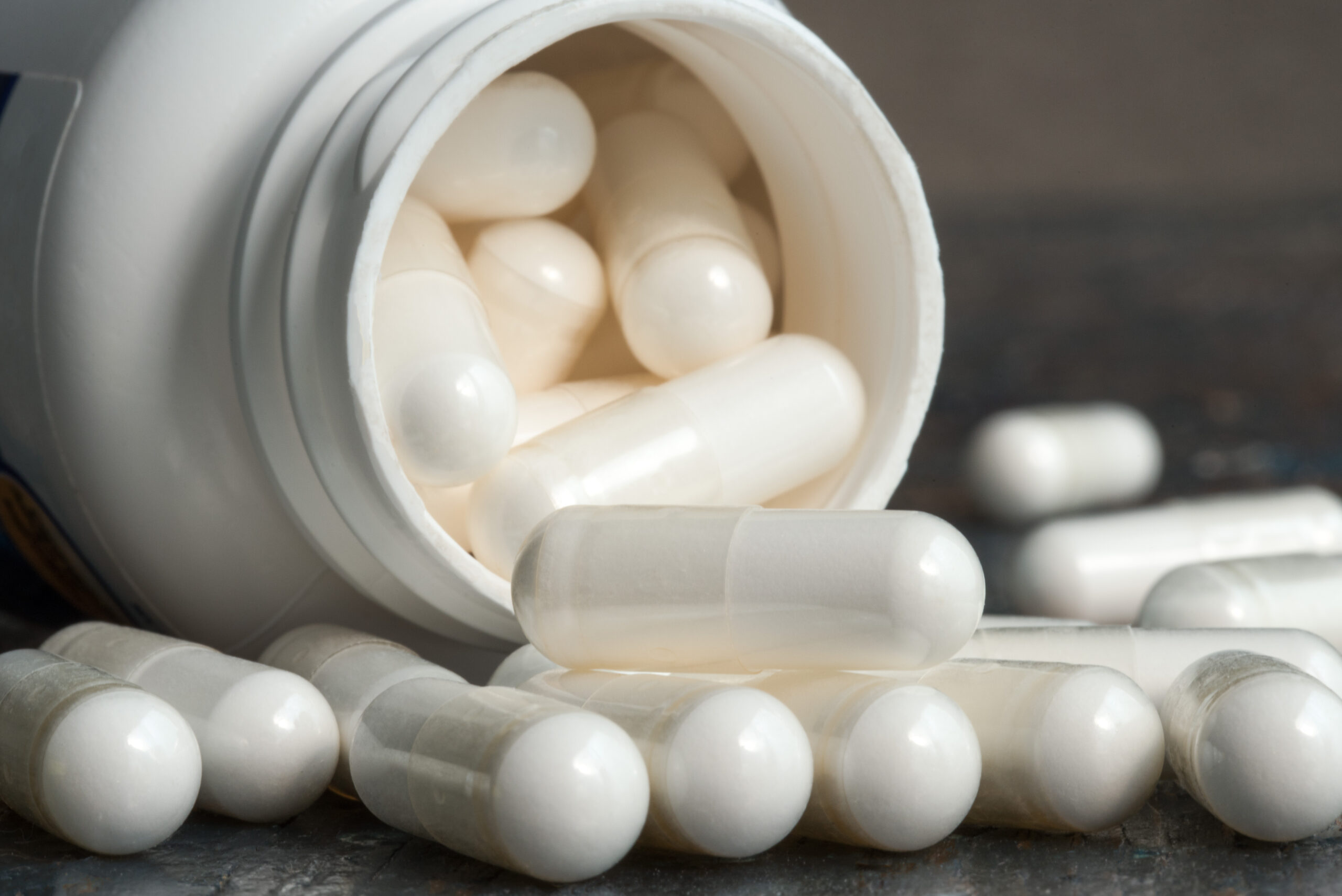How does menopause affect wound healing
**How Menopause Affects Wound Healing**
Menopause brings many changes to the body, and one lesser-known effect is slower wound healing. As estrogen levels drop during this stage, skin becomes thinner, drier, and less resilient[1][4]. Collagen—the protein that keeps skin strong—declines sharply in the first five years of menopause (about 30% loss) and continues to decrease by 2% yearly afterward[4]. This loss weakens skin structure, making it more prone to damage and slower to repair itself.
Lower estrogen also reduces blood flow to the skin and weakens immune responses that fight infections[2][4]. Without enough estrogen, the body produces fewer new skin cells and struggles to rebuild damaged tissue efficiently. This can turn minor cuts or scrapes into lingering wounds that take longer to heal.
Additionally, menopause often leads to dry or sensitive skin[1][3], which cracks easily and increases infection risks. Bruising becomes more common due to fragile blood vessels beneath thinning skin[1][4], further complicating recovery from injuries.
While these changes are frustrating, treatments like moisturizing regularly, eating collagen-rich foods (e.g., bone broth), or discussing hormone therapy with a doctor can help support healthier healing during menopause[2][5].





